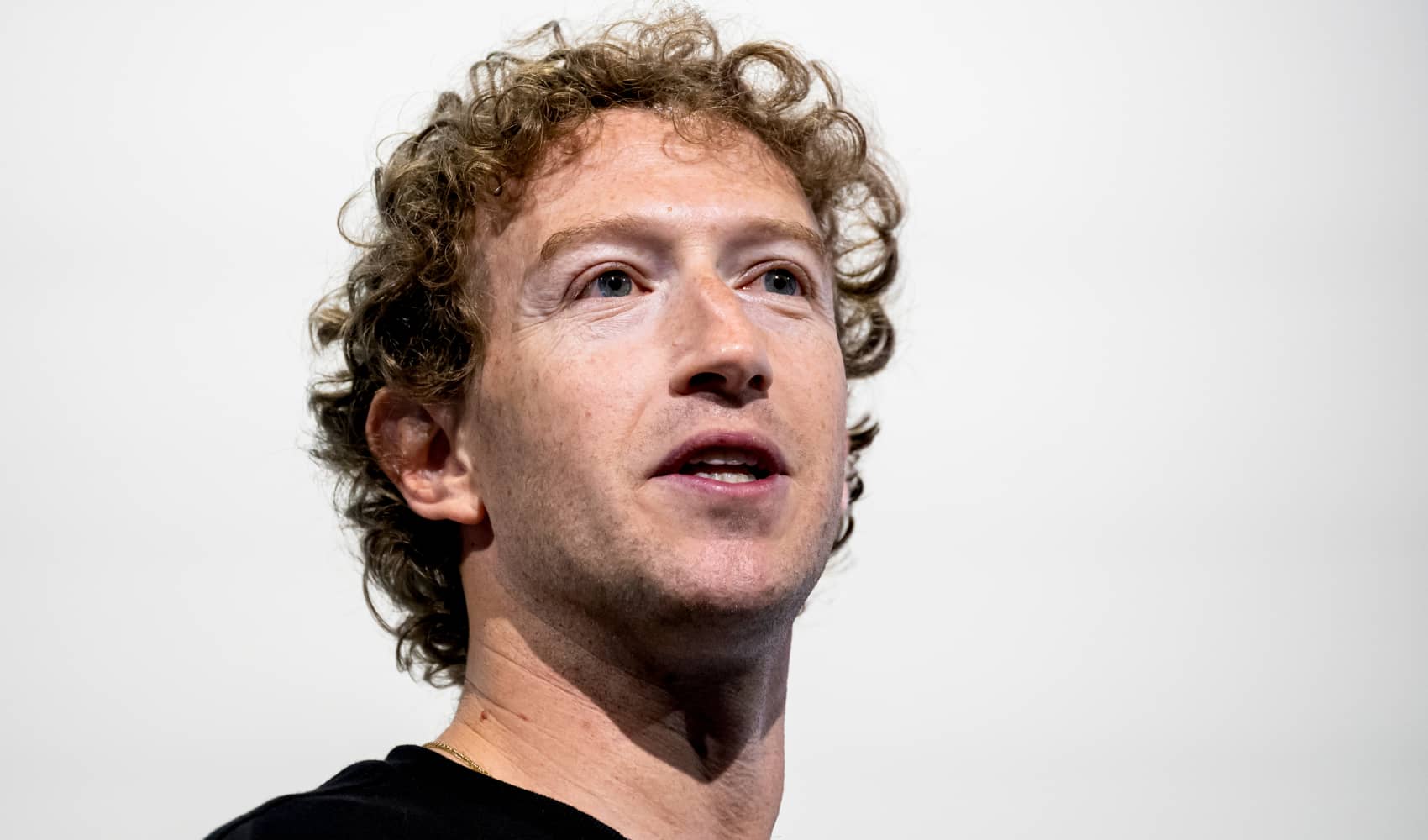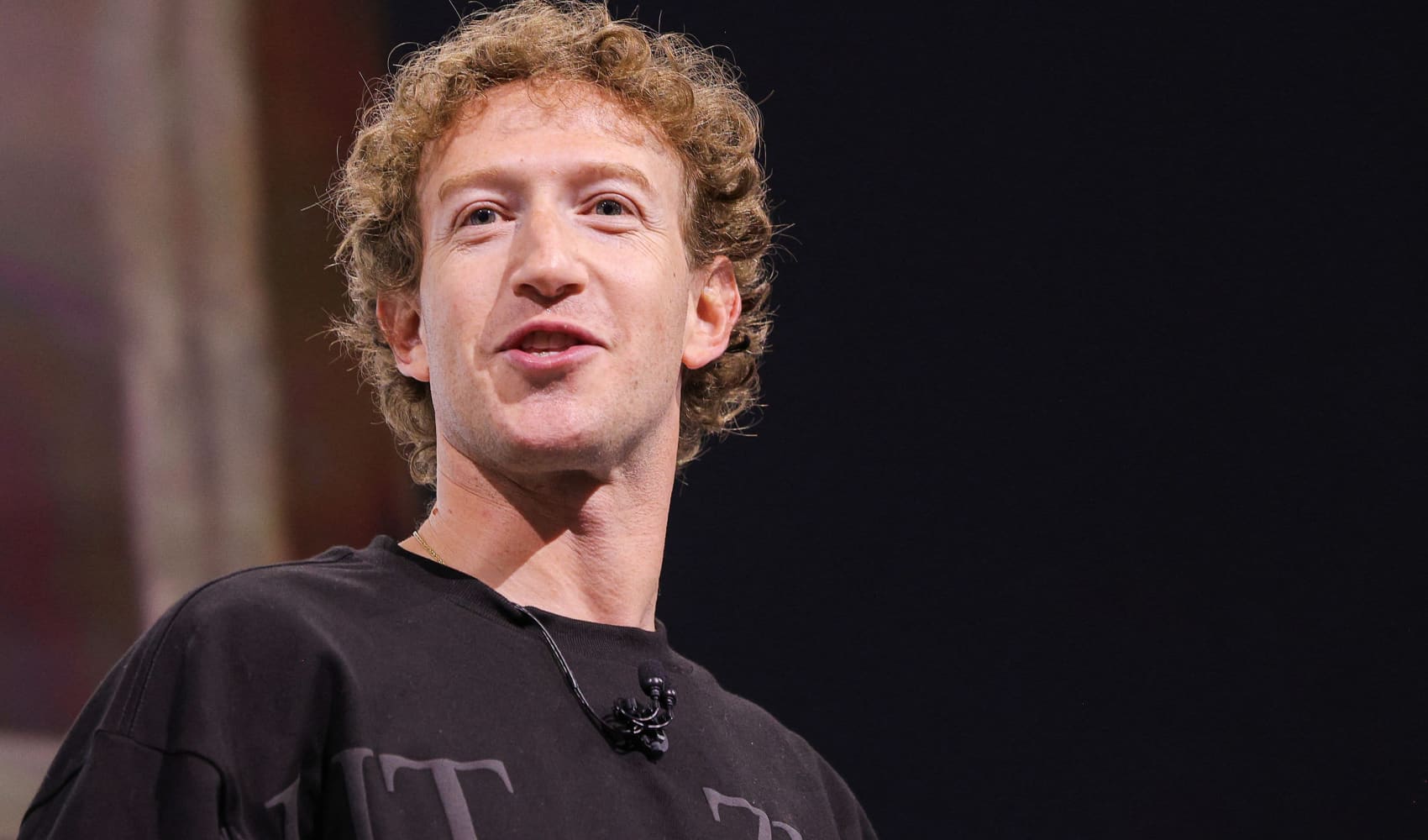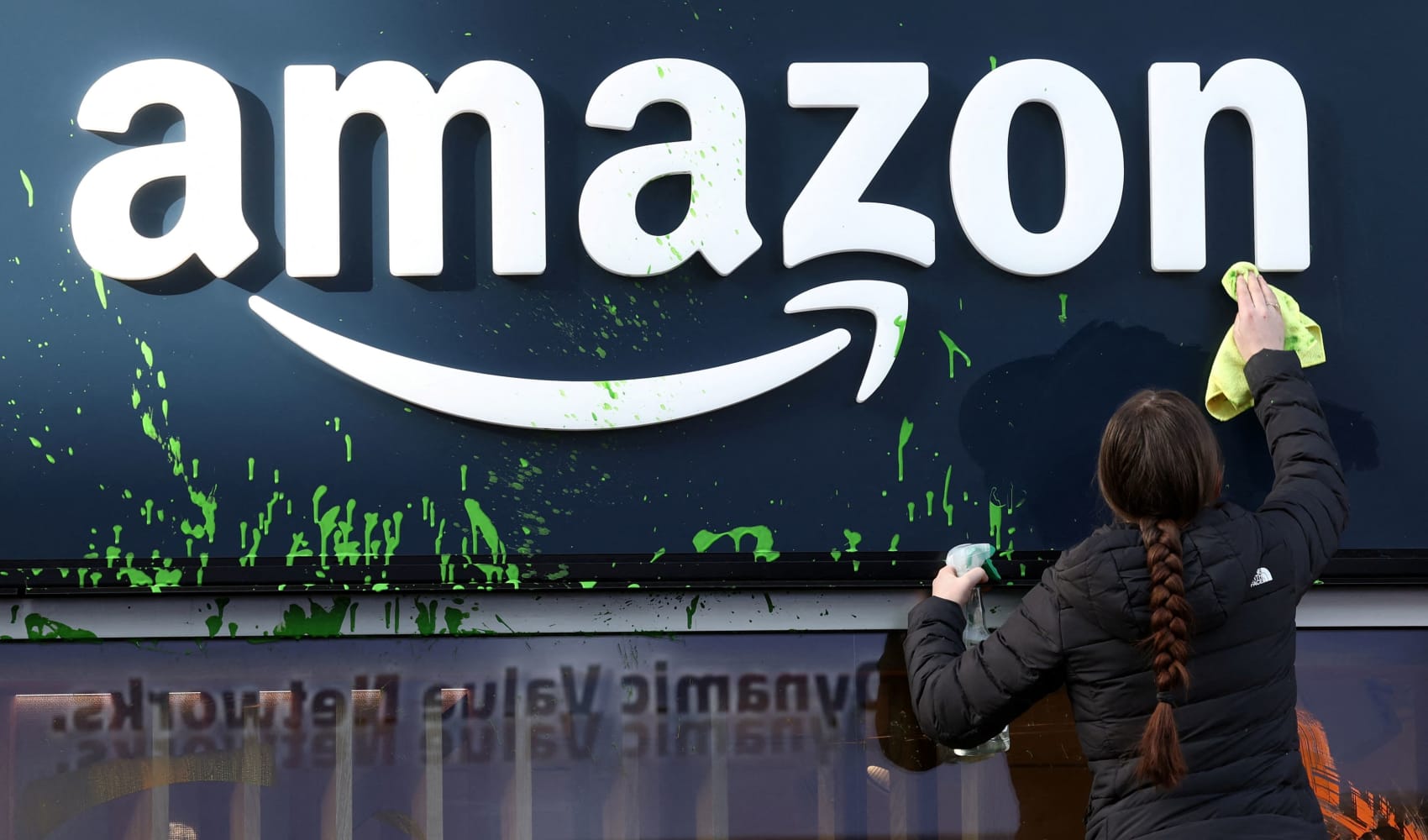Meta Shares Soar: Q1 Revenue Blows Past Estimates!
Meta's Q1 Triumph: Stock Soars on Revenue Beat!
Introduction: Meta's Winning Streak Continues
Alright, folks, buckle up! It's been a rollercoaster for Meta lately, but the ride just got a whole lot smoother. The social media giant, formerly known as Facebook, just dropped its Q1 earnings report, and let's just say Wall Street is doing a happy dance. Meta's shares jumped as much as 5%, and that's not just pocket change. But what's behind this surge? Let's dive deep into the numbers and see what's fueling the excitement.
Q1 Revenue: Beating Expectations and Setting the Stage
The headline? Meta crushed revenue expectations for the first quarter. We're talking serious numbers here. And that's a big deal considering the headwinds the company has been facing, from regulatory scrutiny to intense competition. It's like a phoenix rising from the ashes, wouldn't you say? Investors clearly liked what they saw, and that's reflected in the stock's upward trajectory.
Digging into the Numbers: What Drove the Growth?
So, what exactly fueled this revenue surge? Was it Reels finally taking off? Better ad targeting? A sudden influx of users? The answer is likely a combination of factors. We'll need to delve deeper into the specifics to understand the drivers behind Meta's impressive Q1 performance.
Q2 Guidance: Riding the Momentum
But wait, there's more! Meta also provided guidance for the second quarter, and it's pretty solid. Finance chief Susan Li projected sales in the range of $42.5 billion to $45.5 billion. That’s a pretty wide range, but what does it actually mean for the company's near-term outlook?
The Asia E-Commerce Export Hiccup
Now, here's a wrinkle: Susan Li mentioned that Meta has begun to see some reduced ad spend from Asia e-commerce exporters. Think of it like a slight headwind. How significant will this impact be on Meta's overall revenue in Q2? Is this just a temporary blip, or a sign of a larger trend?
Capital Expenditures: Investing in the Future (AI?)
Here’s where things get interesting. Meta increased its 2025 capital expenditures to a range of $64 billion to $72 billion. Whoa! That's a lot of dough! The reason? "An increase in the expected cost of infrastructure hardware," according to the company.
Decoding the Investment: Is AI the Answer?
What kind of "infrastructure hardware" are we talking about? My guess (and it's an educated one) is that this is related to artificial intelligence. Think about it: Meta is investing heavily in AI, and that requires serious computing power. Are they building massive AI data centers to train their models? It’s a good bet!
Earnings Per Share: Blowing Past Estimates
Let's get back to the raw numbers: Earnings per share (EPS) came in at $6.43, way above the expected $5.28. That’s a substantial beat! What does this say about Meta's profitability? Are they becoming more efficient in monetizing their user base?
Comparing to Analyst Expectations: The LSEG Poll
The article mentions comparisons with estimates from analysts polled by LSEG (formerly Refinitiv). This is important because it provides context for Meta's performance. Were analysts too pessimistic? Did Meta simply outperform their expectations? The devil is always in the details!
Reactions from Wall Street: Cautious Optimism?
So, how are Wall Street analysts reacting to this earnings report? Are they upgrading their price targets for Meta's stock? Are they revising their long-term outlook for the company? Are we seeing more buy recommendations or is there some skepticism still out there? It’s always a mixture, isn't it?
The Metaverse: Still a Work in Progress?
We can't talk about Meta without mentioning the metaverse. Is this strong earnings report a validation of Mark Zuckerberg's metaverse vision? Are we seeing any tangible returns on the company's massive investment in this area? While it's still early days, any positive signals would be a welcome sign.
Reality Labs: The Burning Question
And let's not forget Reality Labs, Meta's division responsible for the metaverse. It's been a money pit, to put it mildly. Is the company managing to reduce the losses there? Can they realistically achieve profitability in the short to medium term?
The Competitive Landscape: TikTok and Beyond
Meta faces intense competition from TikTok, Snapchat, and other social media platforms. Is Meta successfully fending off these rivals? Are they gaining market share, or are they losing ground? How is Meta innovating to stay ahead of the curve?
Advertising Revenue: The Lifeblood of Meta
Let's face it, advertising revenue is the lifeblood of Meta. Are they finding new ways to generate revenue from ads? Are they improving ad targeting? How are changes in data privacy regulations impacting their advertising business?
Future Outlook: Is the Growth Sustainable?
The big question, of course, is whether Meta's recent strong performance is sustainable. Can they continue to beat expectations in the coming quarters? Are there any potential headwinds on the horizon that could derail their momentum?
Conclusion: A Quarter of Positivity, But Challenges Remain
In conclusion, Meta's Q1 earnings report was a breath of fresh air for investors. The company beat revenue expectations, provided solid guidance for Q2, and showed a commitment to investing in the future. Meta's stock price surged, reflecting the positive sentiment. However, challenges remain, including competition, regulatory scrutiny, and the ongoing quest to monetize the metaverse. The Asia e-commerce slowdown and high capital expenditures should also be closely monitored. It’s a mixed bag, but definitely more positive than we’ve seen recently.
Frequently Asked Questions
Here are some frequently asked questions about Meta's Q1 earnings:
- Q: What was the biggest surprise in Meta's Q1 earnings report?
A: The biggest surprise was the significantly higher-than-expected earnings per share, demonstrating strong profitability.
- Q: How will the reduced ad spend from Asia e-commerce exporters affect Meta?
A: The reduced ad spend could potentially dampen revenue growth in the coming quarters, requiring Meta to find new sources of ad revenue or improve ad efficiency elsewhere.
- Q: What is Meta planning to do with the increased capital expenditures?
A: The increased capital expenditures are primarily related to infrastructure hardware, likely associated with investments in artificial intelligence and data centers.
- Q: Is Meta's metaverse division, Reality Labs, profitable yet?
A: No, Reality Labs is not yet profitable and continues to incur significant losses, although Meta hopes to see returns on these investments in the long term.
- Q: What is the overall outlook for Meta's stock after this earnings report?
A: The outlook is generally positive, with analysts likely to revise their price targets upward, but investors should still be aware of the challenges and uncertainties facing the company.



